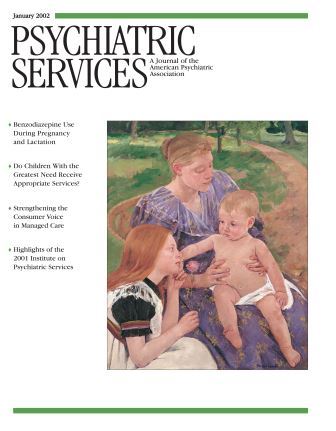Seven-Year Outcomes of Patients Evaluated for Suicidality
Abstract
This study assessed the seven-year outcomes of 137 patients who presented with suicidality. Forty-five of the patients were contingently suicidal, that is, they originally presented with suicidal threats designed to gain hospital admission; 92 patients were noncontingently suicidal. Administrative and clinical records were examined for adverse outcomes, and suspicious cases were further investigated. Significant differences were found between the groups in overall mortality and serious suicide attempts. Although no suicides were identified in the contingently suicidal group, ten suicides were confirmed or highly suspected among the noncontingently suicidal patients. This group also had higher overall death rates. These results argue for evaluation of contingency in suicide risk assessments.



